Perfect poached eggs
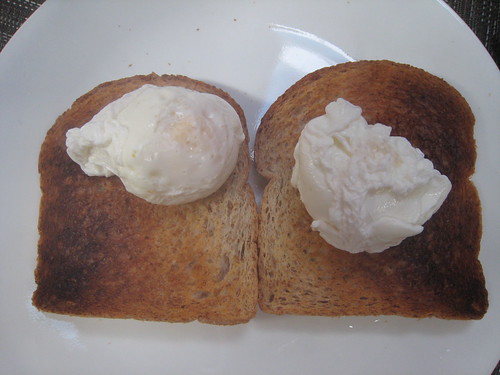
And poached medium yolks!
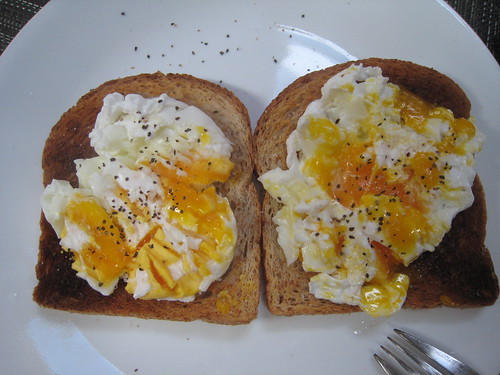
That was the Saturday morning breakfast that he made for me. What a husband.
Life is rough on SV Estrellita 5.10b - Livia


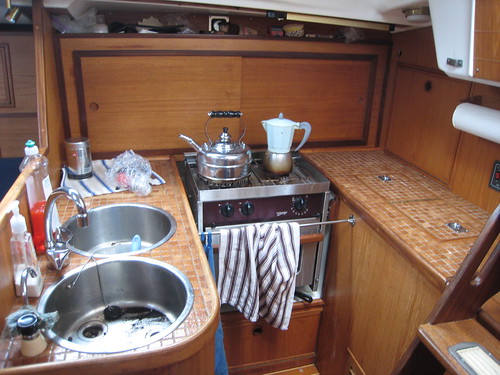
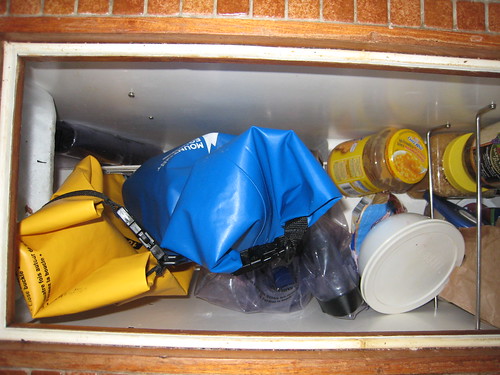

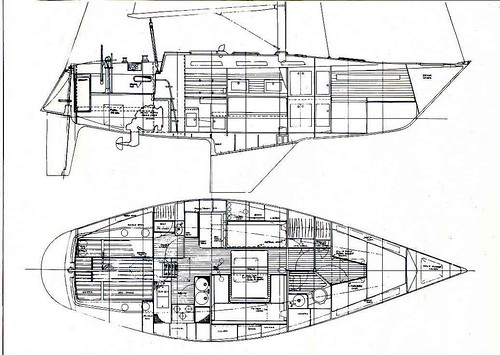
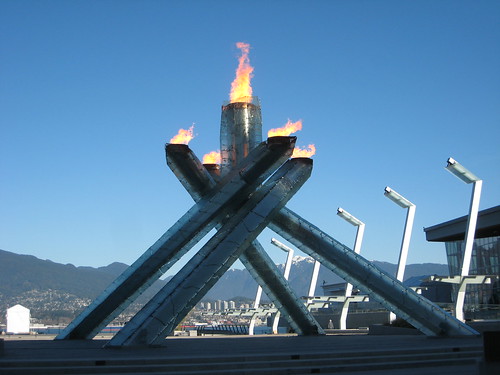

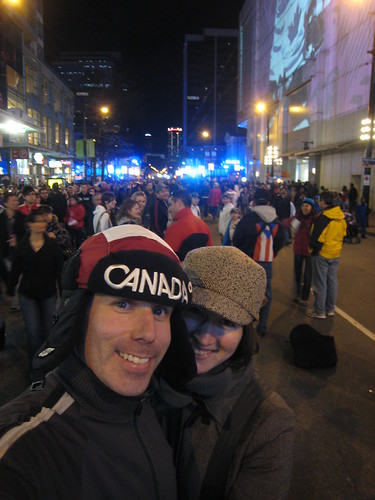

I am regularly asked by friends and family how we are going to manage online access on the boat, or if we are going to have any. In my experience it is much more important for the voyager to have connections back home than it is for the people being left. Every email received or call connected becomes a lifeline back to “home” for the traveler even when the concept of “home” has become more ambiguous. When you step out of the cell phone-email-facebook link nowadays it is easy to drop out of your friends’ consciousness. People are becoming less and less used to checking in with their friends individually. So, for us, having some level of online access to make it easier for our friends to reach out to us was emotionally important.
Near land – option 1 – wireless:
When we are near land, somewhere with wireless internet being broadcast we will use pay or free wireless when we can get a signal. At our marina we have an account with a company called BBX which has the advantage of offering wireless in many marinas in our area and we can use our account anywhere they broadcast. We also have invested in a long distance wireless antenna which can, supposedly, increase our wireless range to up to 5 miles with a more realistic estimate being 1-2 miles. We bought a package called the Wirie which is an Alpha unit in a waterproof box with an 8.5dBi omnidirectional antenna. We have much faster internet connection at the marina with the Wirie and we can see many more wireless access points with it on.
Near land – option 2 – internet cafe:
No explanation needed, right? Almost everywhere there are travelers there are internet cafes.
On the water or near land but isolated – SSB:
Can you believe we are going to use a RADIO to EMAIL? It’s like the stone age…um…except with diodes. We purchased a used single sideband radio (SSB), an antenna tuner, and a modem. The wire that goes from the top of our mast to the back of the boat (i.e., the backstay) is the antenna. We have yet to install this set up but it, along with our HAM licenses, will allow us to send and receive weather files (most important), text emails, and even wee pictures while at sea or bobbing around at anchor. We have set up our blog so that we can email-to-blog and thus update the blog from the SSB.
Offline composition:
*Clearly* we won’t be online as often. For this post I am testing out Windows Live Writer which allows me to compose blog entries while offline, with images, and upload the images and the post in one click when I am connected. I am including this not very exciting picture of this post in Windows Live Writer to test the image upload.
We will also be using an offline email program (probably Mozilla Thunderbird, suggestions?) so that we can upload previously composed emails and download all new emails quickly for later reading and responding.
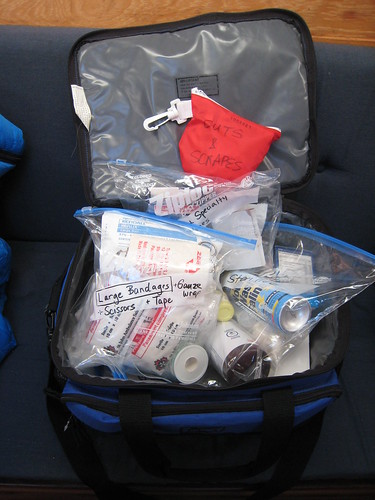
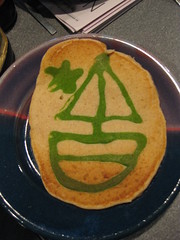

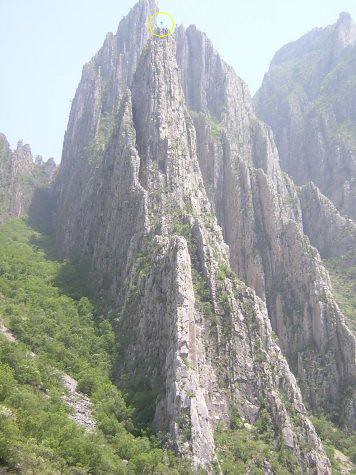
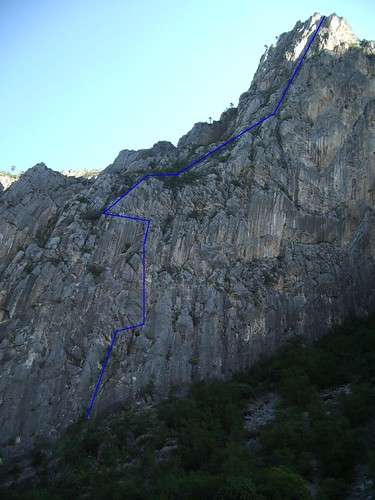

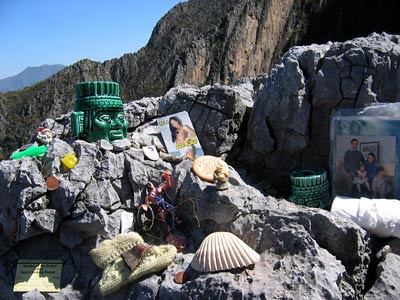
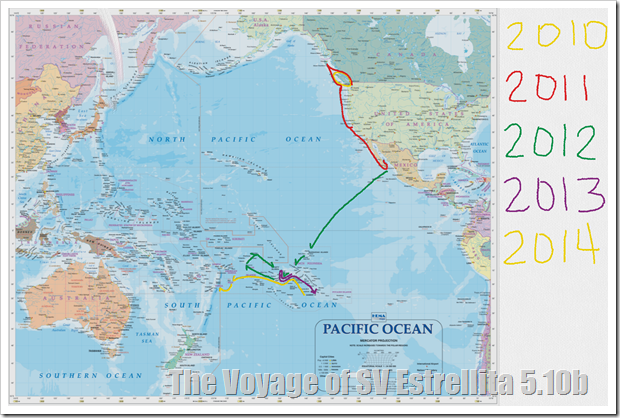 We returned to French Polynesia in March of 2013 and are currently cruising in the country. We plan to leave French Polynesia in July of 2014. Where next?
We returned to French Polynesia in March of 2013 and are currently cruising in the country. We plan to leave French Polynesia in July of 2014. Where next? 

 (For a more recent list, try this post)
(For a more recent list, try this post)